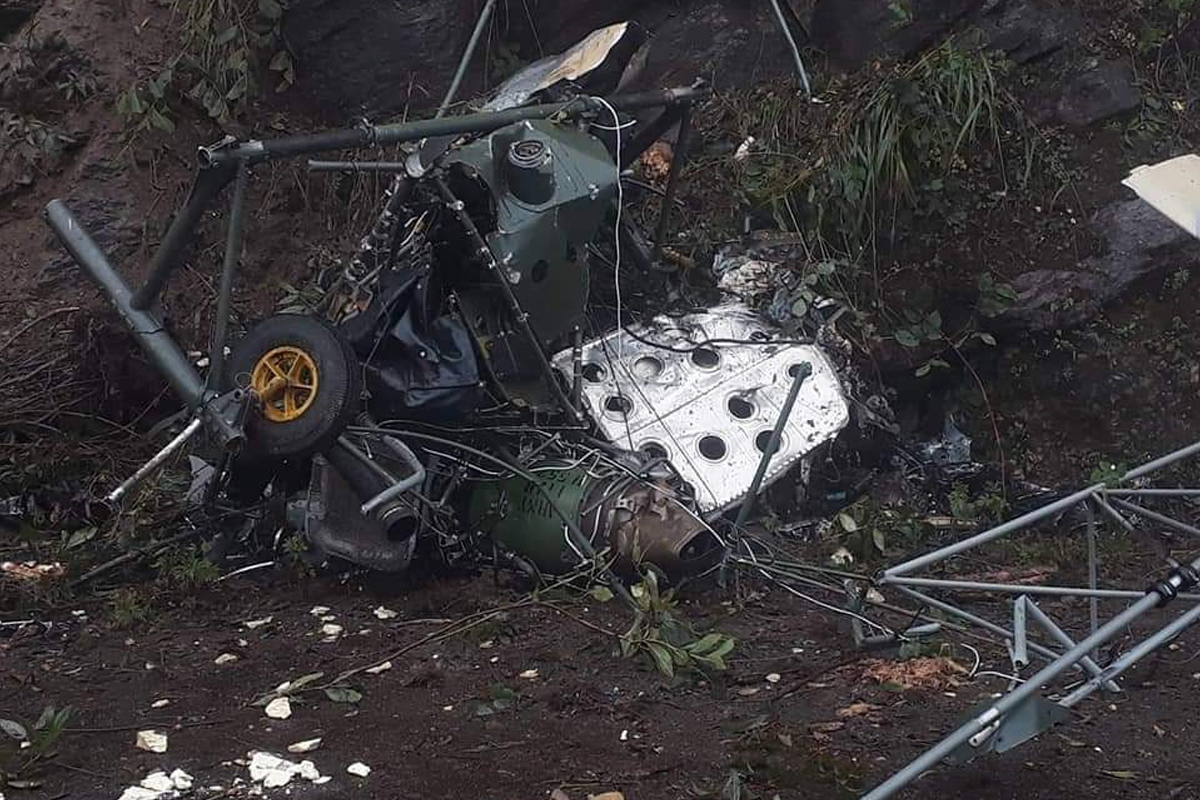An Apache AH-64E (Attack Helicopter) of the Indian Air Force (IAF), which was said to be on a routine mission, suffered a mid-air technical snag forcing the pilots to make an emergency precautionary landing in an agricultural field in the Bhind district of Madhya Pradesh on Monday morning.
According to police officials, there were two pilots in the helicopter and both are safe, not having suffered any injuries in the incident.
Advertisement
The IAF tweeted about the incident, saying it was a precautionary landing during a routine operational training and all crew and the aircraft were safe. It added that a rectification party in another helicopter had reached the site.
According to information, the incident occurred at around 8.45 am when the chopper made a crash landing in the agricultural field of a farmer, named as Gyan Singh Bhadauria, located in village Jakhmauli, about 40 km from the Bhind district headquarters.
Chambal zone Inspector General of Police (IG) S Saxena said the IAF helicopter had made a crash landing in Bhind. The official said both the pilots were safe and there was no fatality.
The IAF presently has a fleet of 22 Apache helicopters of the AH-64E type.
According to information available on the internet, the American-made Apache AH-64 is considered to be the world’s most advanced multi-role combat helicopter, currently being manufactured by Boeing. The chopper features a nose-mounted sensor for target acquisition and night vision systems, among other specialities.
A revolutionary feature in the Apache helicopter is its Integrated Helmet and Display Sighting System (IHADSS), which enables either the pilot or the co-pilot/gunner to engage the helicopter’s main machine gun to track head movements to point and fire where they look.
The helicopter’s crew compartment incorporates a transparent blast shield between the pilot and the co-pilot/gunner, so that at least one crew member can survive in the event of a direct hit.
Both the pilots can fly the aircraft and perform methods of weapon engagements independently.









